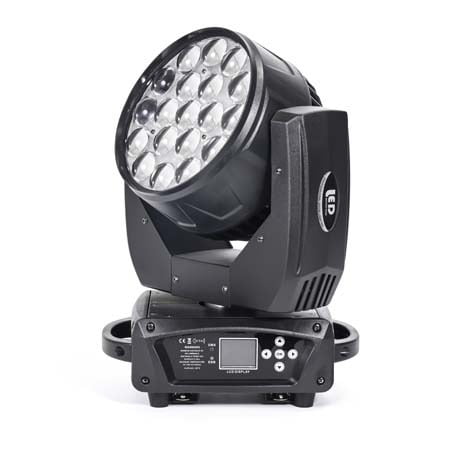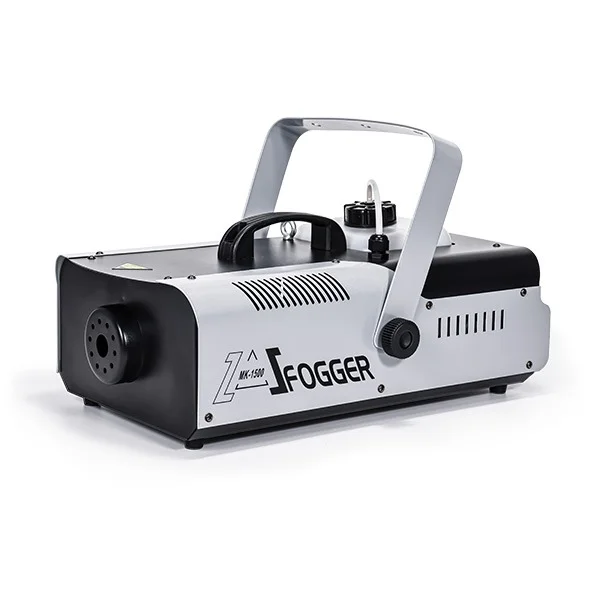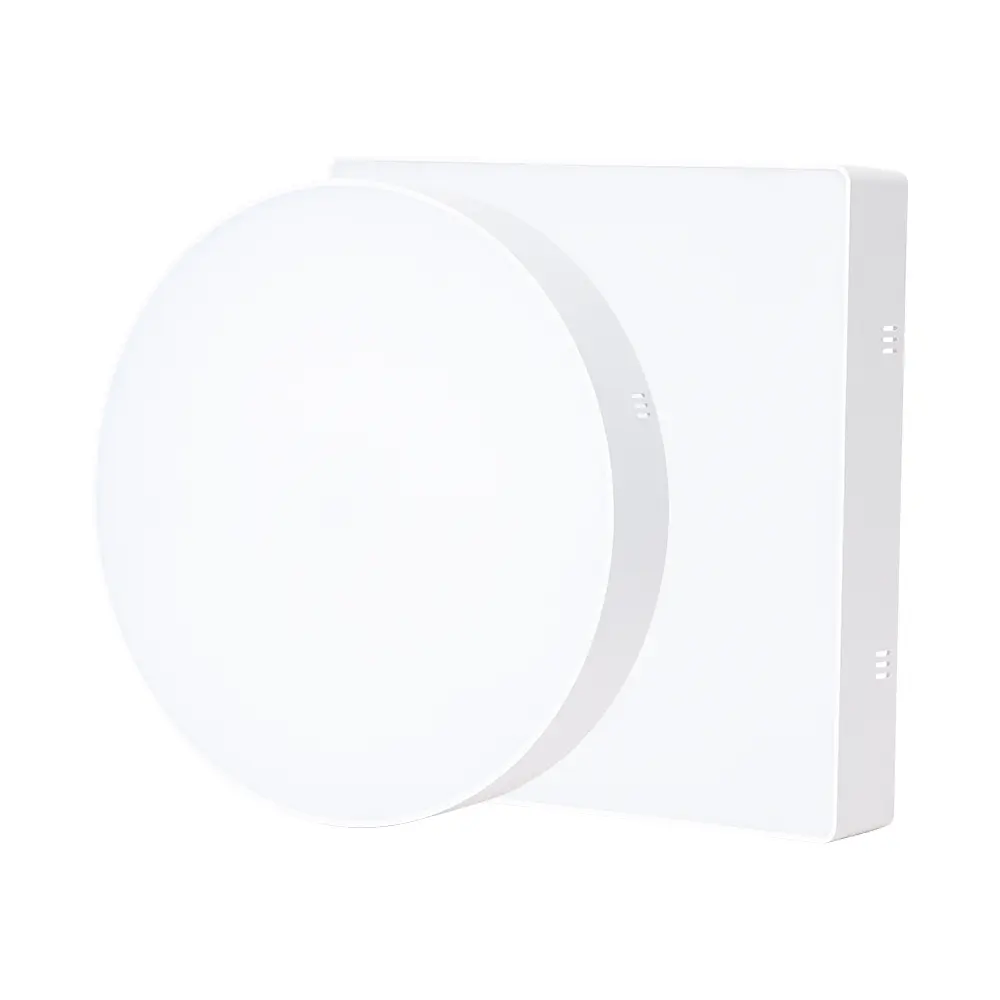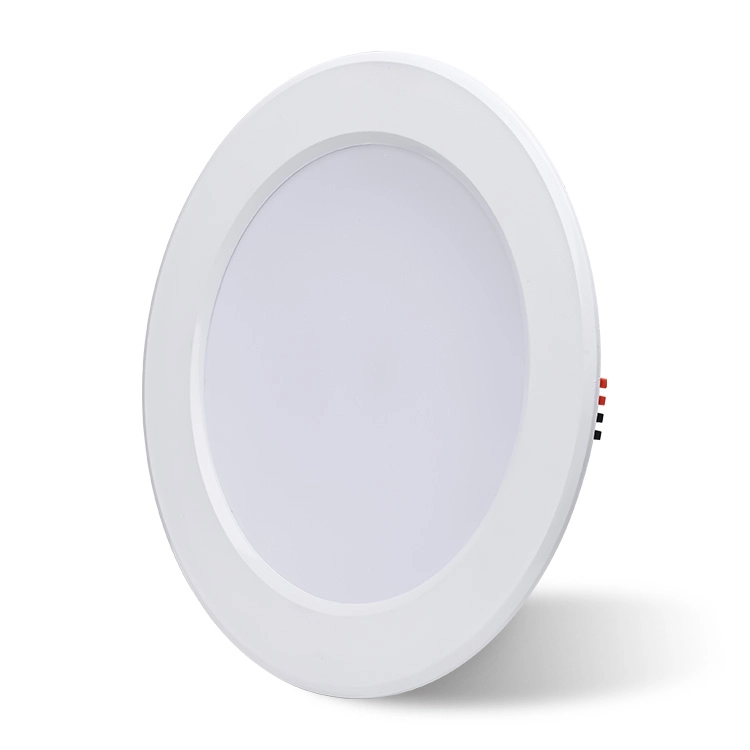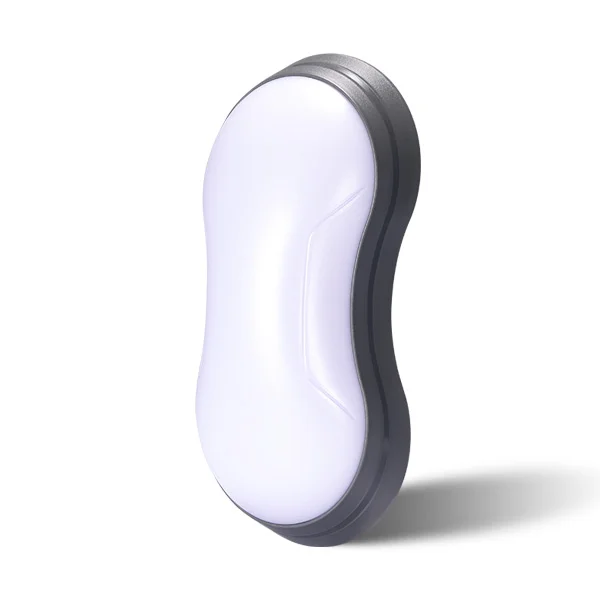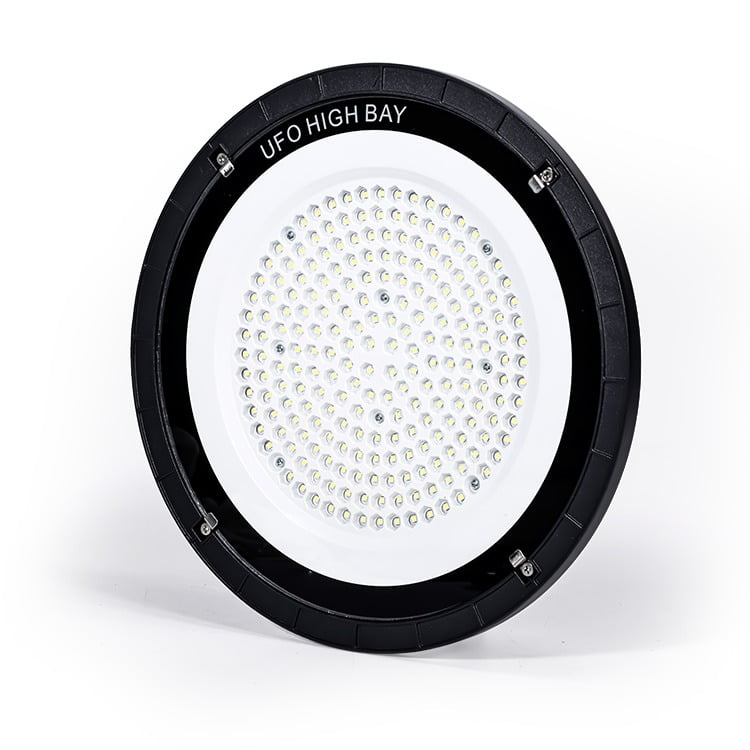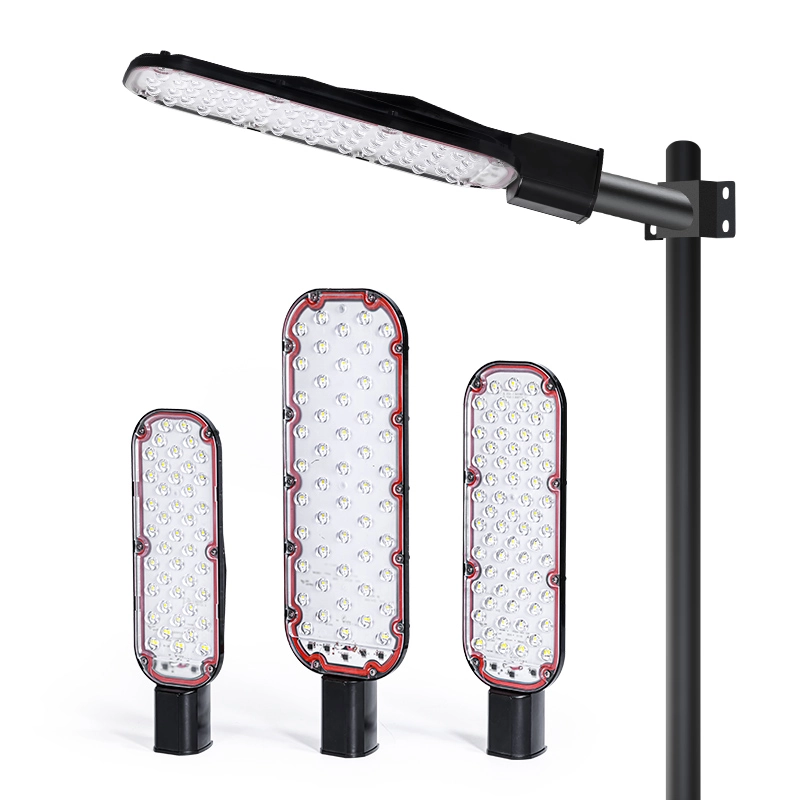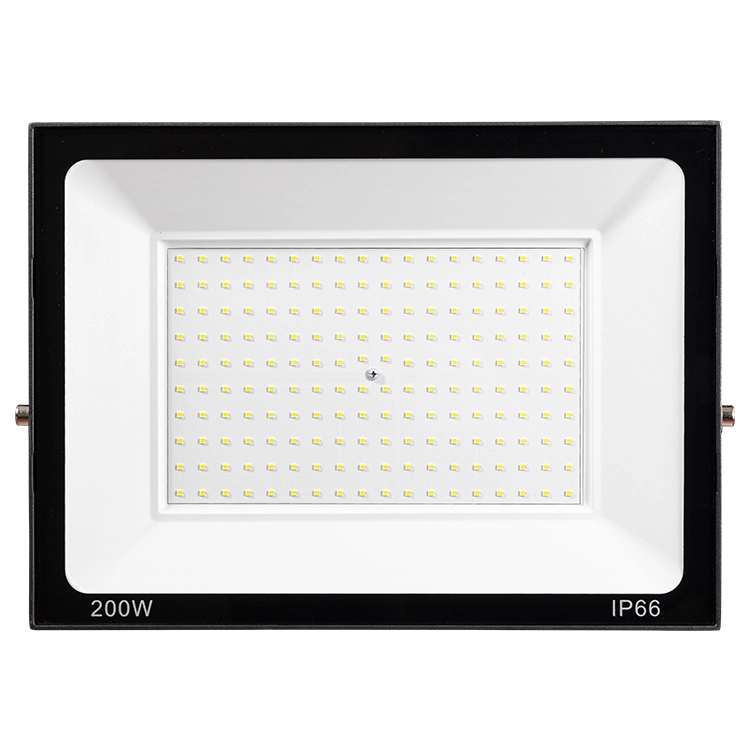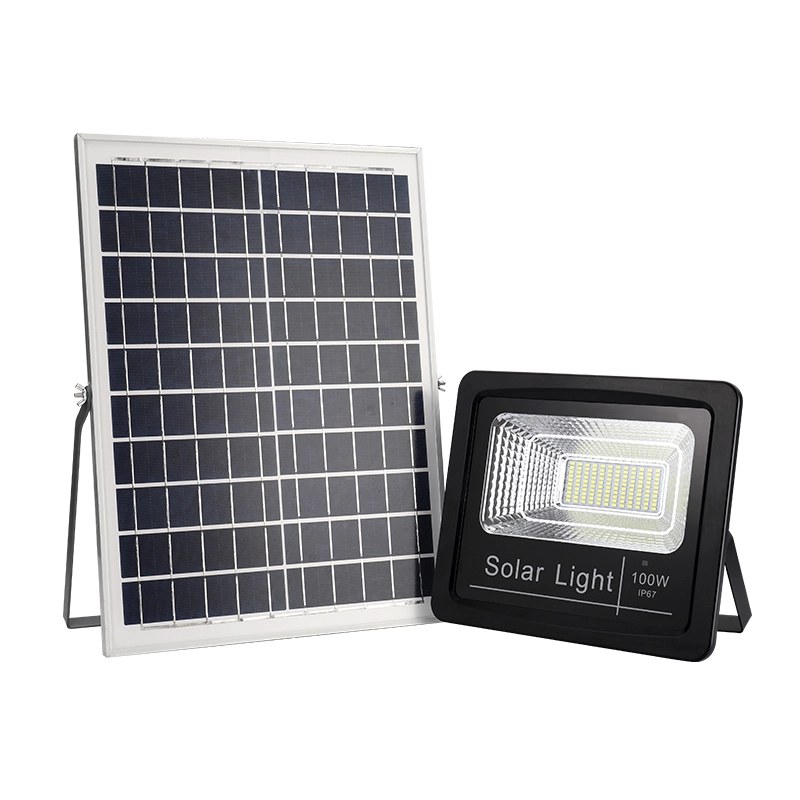Mounting systems are not just accessories—they define how securely, efficiently, and flexibly your stage lighting can be used. Choosing the right mounting method ensures safe rigging, optimized beam angles, and seamless setup and teardown, especially for rentals, concerts, and fixed installations. In this article, we’ll guide you through the most effective stage lighting mounting methods and accessories based on application needs and professional use cases.
2. Types of Stage Lighting Mounting Methods
Hook Clamp

A hook clamp is one of the most widely used mounting tools, designed to fasten stage lights onto truss pipes. It’s known for its strength and simplicity in rental and touring events.
Quick Lock Mount
The quick lock system allows for faster attachment and detachment of lighting fixtures, ideal for event setups requiring high mobility and time efficiency.
Floor Base Mount

For lights that aren’t truss-mounted, a floor base mount offers direct positioning on the ground, often used in theater, exhibition booths, or as uplighting.
Ceiling Bracket
A ceiling bracket provides a fixed mounting solution, common in permanent installations like clubs, studios, and auditoriums.
3. Mounting by Use Case Scenario
| Use Case | Recommended Mounting Method |
|---|---|
| Touring Concerts | Hook Clamp + Quick Lock |
| Event Rentals | Hook Clamp + Flight Case |
| Theater Installations | Ceiling Bracket + Safety Cable |
| Exhibition Lighting | Floor Base Mount |
| DJ Booth Setup | Truss Clamp + Swivel Mount |
Each use case varies in installation time, weight load, and lighting angle requirements. For example, concerts prioritize speed and reusability, while theaters prioritize safety and fixed alignment.
4. Key Factors When Choosing a Mounting System
-
Weight Load Capacity: Always verify the clamp or mount can support the specific fixture.
-
Rigging Compatibility: Ensure the mount matches truss pipe sizes (typically 48-51mm).
-
Safety & Compliance: Use certified clamps and include safety cables to meet regional regulations.
-
Installation Speed: Quick locks are preferred for mobile setups to reduce labor time.
-
Aesthetics & Visibility: Black mounts or hidden base plates blend into the stage design better.
5. Must-Know Safety Considerations
Rigging failures can cause injury and damage. Best practices include:
-
Double-checking clamp tightening.
-
Adding secondary safety cables.
-
Inspecting truss structures regularly.
-
Following manufacturer load ratings.
Using quality mounting hardware is crucial for professional stage lighting safety, especially in crowded venues.
6. Essential Accessories for Stage Lighting
Flight Case

A flight case is a protective transport box used for storing and carrying lighting equipment, especially for rental setups.
Gobo Wheel

A gobo wheel is an internal component of intelligent lights used to project logos or patterns onto stage surfaces.
DMX Cable

A DMX cable transmits control signals from the lighting console to the fixtures. Quality cables prevent signal loss and flickering.
Lighting Console
The lighting console is the brain of stage lighting control. It sends DMX or ArtNet signals to control dimming, color, position, and effects.
Each accessory enhances mounting efficiency, protection, or control, and is essential for professional lighting operations.
7. Common Mistakes to Avoid
-
Using mismatched clamp sizes with trusses
-
Overloading mounts without weight verification
-
Skipping safety cables
-
Choosing non-lockable mounts for mobile setups
-
Using plastic parts for heavy-duty applications
Avoiding these mistakes ensures safer installations and longer lifespan for your lighting fixtures and accessories.
8. Pro Tips from Lighting Engineers
-
For quick event setups, use quick locks with pre-installed clamps.
-
When mounting above crowds, always double up with a safety cable.
-
Use color-coded clamps to differentiate load levels.
-
Keep a backup DMX cable and quick lock on site for emergencies.
-
Label flight cases with fixture types and mounting methods to streamline load-in/out.
9. Conclusion & Final Recommendations
Choosing the right mounting for stage lighting isn’t just about hardware—it’s about matching the right system to your performance goals, safety standards, and operational workflow. Whether you’re managing a high-turnover rental fleet or installing lights in a fixed venue, investing in durable, compatible, and certified mounting solutions is essential.


